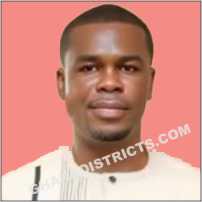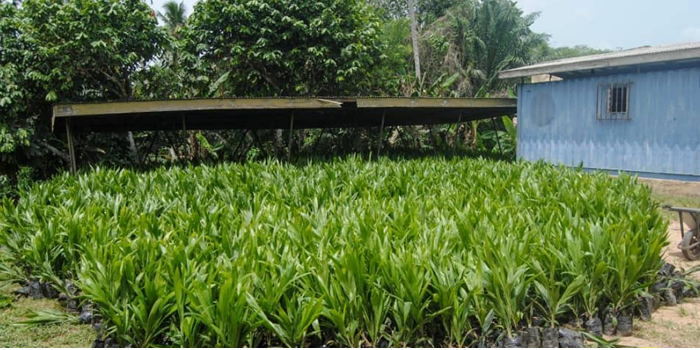

Education and Literacy
Education in the district as in general sense comprises the two components, formal and non-formal. The formal education is represented by the three-tier educational system namely, the first, second and third cycle institutions. Majority (about 79%) of the schools are public institutions under the management of Ghana Education Service (GES) through the District Directorate, with some of these public institutions are run in collaboration with missions. The involvement of the District Assembly on the other hand supports this sector by providing sanitary places, furniture etc. to these facilities.
Currently there are about 108 Junior Secondary Schools in the District with twenty-three (23) of which are privately run. There are also about eight (8) Senior High schools (public and private) and one tertiary institution (Ajumako Campus of University of Education, Winneba) in the District. Remarkably the District owns one of the best secondary schools in central region, Mando Secondary School which is a great potential to up-step the district’s educational performance. The District also has a literacy rate of 76 per cent for both male and female persons of ages eleven (11) years and older. The male youth and female youth (15-35 years) literacy rates of the district stand at 93 per cent and 85.5 per cent respectively.
Population 3 years and older by level of education, school attendance and sex
The table gives statistics on the educational level of the people in the district who are 3 years and older. It describes the educational characteristics of persons who attended school in the past and those currently attending. More than half (50.6%) of the population 3 years and older who have ever attended school falls within the primary level. Also 16.8 percent got to the JHS/JSS level and closely followed by those who got to the kindergarten level (15.4%).
Table 16: Population 3 years and older by level of education, school attendance and sex
Source: Ghana Statistical Service, 2010 Population and Housing Census.
Basic Education
Net Enrolment Ratio
The net enrolment (NER) indicates the number of appropriately aged pupils/students enrolled in school as a proportion of children in the relevant age group. The importance of the (NER) lies in the fact that children enrolled in schools at the right age are more likely to stay in school. The KG (NER) experienced a drop from 77.6% to 64.1% in 2013/14 to 2015/16 for Males which indicate that the target was not achieved. Both the primary (NER) and JHS (NER) also experienced similar situation but went up in 2015/16. However, in 2015/2016 significant progress was made. Under the Female enrolment section, the KG (NER) experienced a drop from 83.5% to 68.8% in 2013/14 to 2015/2016. The primary level and JHS level also dropped initially but experienced an increase from in 2015/16. The SHS level also experienced increase in enrolment for males in 2014/15 and dropped in 2015/16 whiles enrolment for females experienced continuous increase from 2013/14 to 2015/16. The table below shows past enrolment and key indicators of the District.
Table 17: Education facilities in the district
Source: GES District Directorate
Availability of Books and Other Teaching and Learning Materials
There are not enough books and other T/LM for instance at the primary level the pupil textbook ratio is 4:1
Table 18: Proportions of trained and untrained teachers at public schools
Source: GES District Directorate
iii. Possibilities for the District to attract and retain Teachers
Availability of higher learning institution eg. UEW- Ajumako
Adequate capacity building for teacher
iv. Problems Teachers face in the district
Lack of descent accommodation High cost of living
v. Performance of Students
Performance in the B.E.C.E continues to improve over the years
Table 19: B.E.C.E RESULTS
Source: GES District Directorate, 2017
Table 20: Schools Enrolment for 2016/2017
Source: GES District Directorate, 2017
Comparative Analysis of 2014-2016 BECE Results
Table 23: Comparative analysis of 2014-2016 BECE results
Source: Ghana Education Service
Table 24: Number of Candidates with Aggregate
Source: Ghana Education Service
Date Created : 9/12/2024 12:00:00 AM










 facebook
facebook
 twitter
twitter
 Youtube
Youtube
 +233 593 831 280
+233 593 831 280 0800 430 430
0800 430 430 GPS: GE-231-4383
GPS: GE-231-4383 info@ghanadistricts.com
info@ghanadistricts.com Box GP1044, Accra, Ghana
Box GP1044, Accra, Ghana